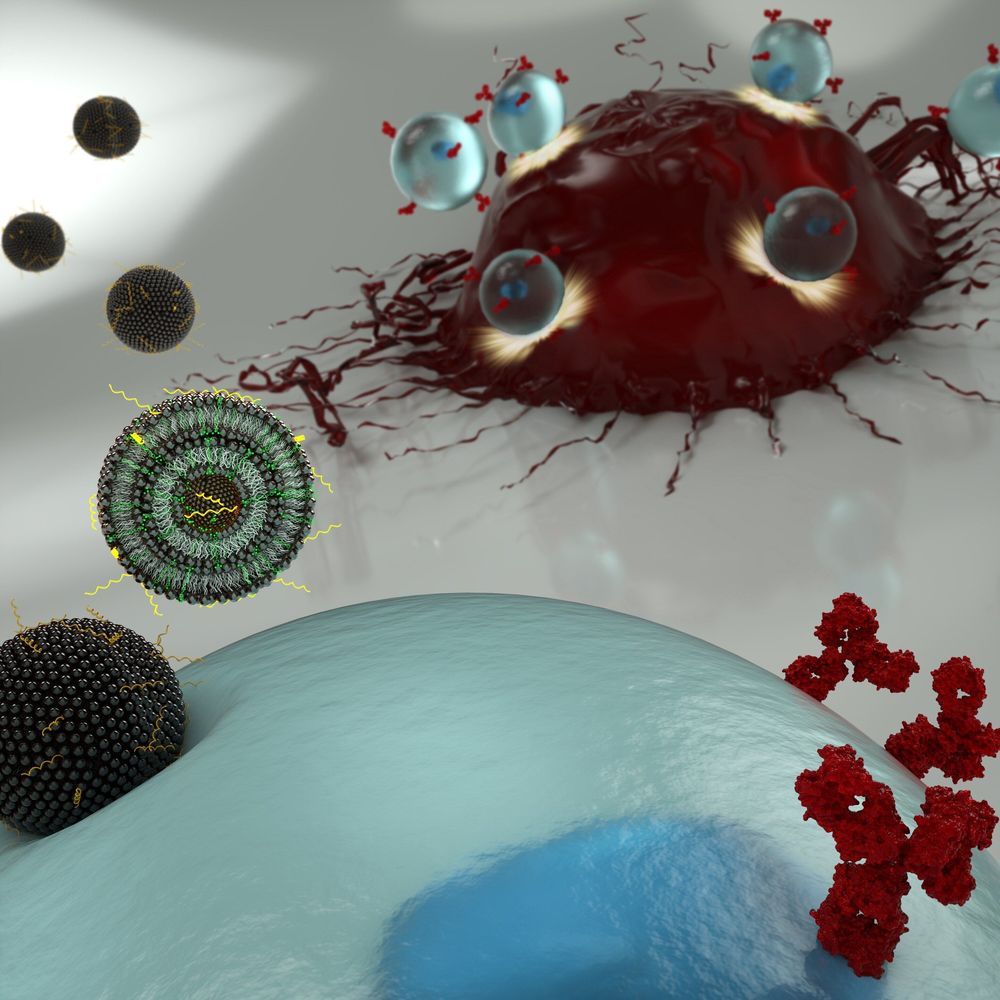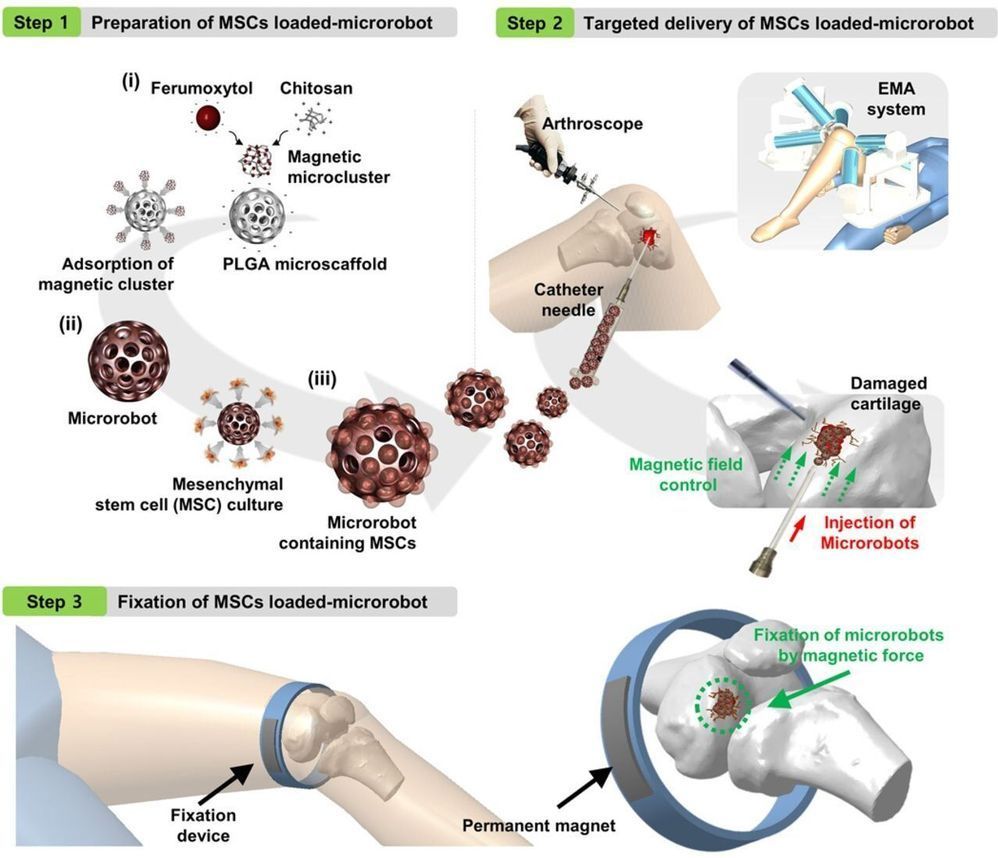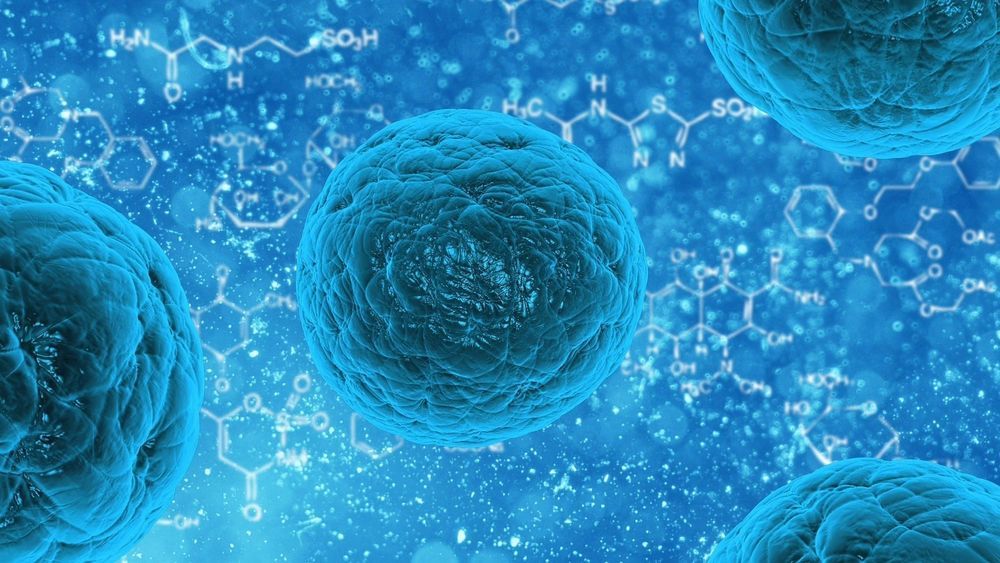Jan 29, 2020
New Tech Will Disinfect Everything and Help Stop Infectious Diseases
Posted by Paul Battista in categories: biotech/medical, food, health, nanotechnology, sustainability
Nanosafety researchers at the Harvard T.H. Chan School of Public Health have developed a new intervention to fight infectious disease by more effectively disinfecting the air around us, our food, our hands, and whatever else harbors the microbes that make us sick.
They used a nano-enabled platform developed at the center to create and deliver tiny, aerosolized water nonodroplets containing non-toxic, nature-inspired disinfectants wherever desired.


















